May 2023 Prayer Guide: our work in Peru with impoverished, abused and vulnerable children
Please pray for:
- Pray for Kids Alive Peru’s work and future success. In particular, our efforts to serve communities and regions where there are extreme levels of poverty and cultural acceptance of physical and sexual violence against children.
- Pray for healing for the children we serve, as we seek to sustain and strengthen our work with families with our all round 'holistic' approach (especially those who have suffered trauma).
- Pray for local churches, and communities so that we can continue to work to develop communities and regions free of fear and violence.
- Pray for those affected by the recent floods and mudslides in Peru caused by the powerful cyclone Yaku.
- Pray for Peru’s government and authorities. Anti-government protests have rocked the country since Congress removed the former President from power in December.
- Praise God for what He has accomplished in Peru.
Please pray for our school and residential centres:

Why We Work in Peru
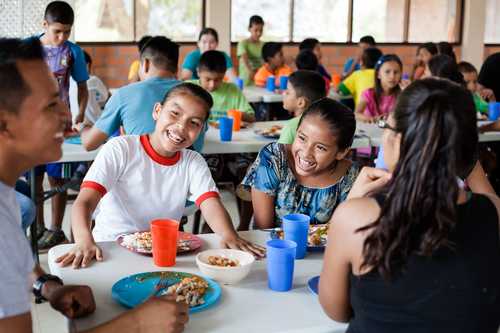
Kids Alive has been serving children in Peru since 1992. Today, the ministry works in three communities: Lima, Pucallpa, and Andahuaylas, serving nearly 400 children, their families, and surrounding communities through our programmes.
Our work in Peru centres around seven projects in some of the most difficult areas for children. Our care centres provide after school support, food and care for some of the most vulnerable children. More recently we have started to specialise in trauma informed care, especially for victims of sexual abuse and rape, including those who are pregnant or have babies.
Our schools provide an education and food for children born into extreme poverty, breaking the cycle of hopelessness that has been around for generations. And our residential homes rescue and care for a number of orphaned, abandoned and abused children, providing a loving home and unconditional care. In all cases we work closely with the local communities and authorities to reintegrate them back into families.
Our teams in Peru offer the following types of intervention programmes:

Preventive
- After school supplemental learning programme
- Accelerated high-school classes for teens and young adults
- English workshops
- Nutritional care including meals for students and food supplements for families
- Mentoring and discipleship
- Daily devotional, after-school Bible lessons, group devotionals
Strengthening
- Social worker assistance with securing government services
- Trauma counselling
- Education for community leaders in child protection and abuse prevention, intervention
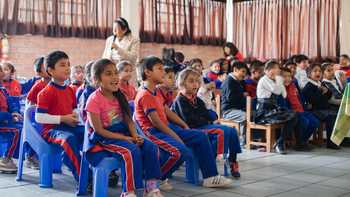
Restorative programs
- Residential care
- Family mentoring and strengthening
- Family reintegration
- Foster family placement
Systems programs
- Legal advocacy and representation
- Advocacy and training with government institutions
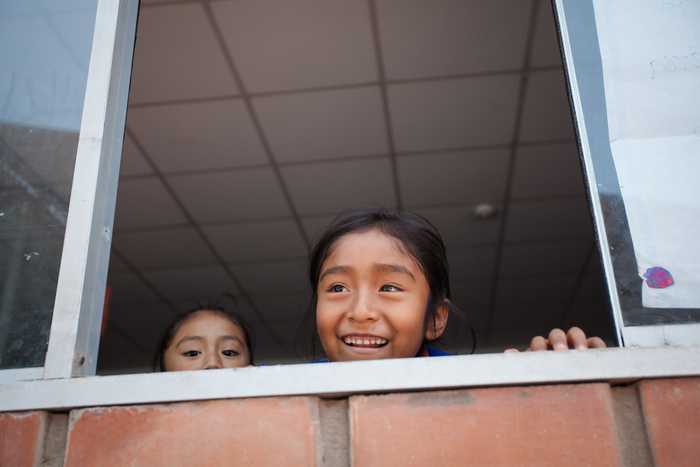
2022 - A Year in Review
- PERU educated and empowered women and children to stand up to violence and abuse.
- The residential centres provided nutrition, medical care, and education to 40 children and helped place 14 with loving families.
- The Family Strengthening Centres cared for and counselled 29 families experiencing or at risk of domestic violence and supported 32 young mothers and their 34 babies.
- The San Jose Free of Fear and Violence initiative brought together many women and children to empower them against violence and victimisation and hold the local authorities accountable for preventing violence against them.
Some Facts About Peru
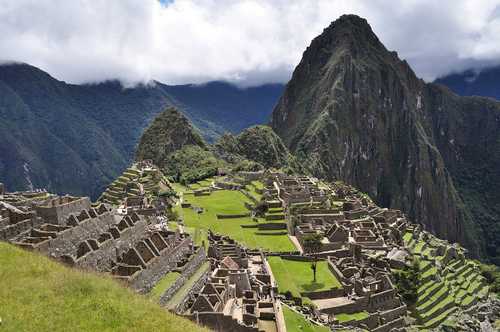
Peru is home to the great Inca Empire. They situated many of their cities and fortresses on the steep slopes of the Andes Mountains. By 1440, their empire extended 2,500 miles from north to south. Peru declared its independence from Spain in 1821, driving out the remaining Spanish forces three years later. The name Peru is derived from a Quechua word suggesting abundance, referring to the ancient Incan civilization that once dominated the region. Peru is twice the size of Texas, with a predominantly Spanish speaking population of around 32 million. The national motto is pressed on the country’s coins: “Firme y feliz por la union,” meaning “firm and happy for the union.”
The people of Peru are known for their friendliness and hospitality and a rich cultural history, spanning millennia. More than 33 million call this land of beautiful mountains, plains, and lowland jungles home.
Even so, jobs can be very hard to find and Peru remains one of the world’s poorest countries with widespread poverty, hunger, and children at risk of exploitation. More than half of the population is living in abject poverty and almost 20% are living on less than $1 per day. The people of Peru struggle with Government and institutional corruption as well as high inflation that contributes to growing poverty. Nearly a quarter of teenagers do not attend high school.
Children in Peru, particularly those from what are considered lower classes, face the realities of poverty, malnutrition, and violence. One-third of Peruvian kids must work to help support their families, leaving them vulnerable to dangerous jobs, human trafficking, and sexual exploitation. Approximately 11% of Peru’s children will die before they reach the age of five.
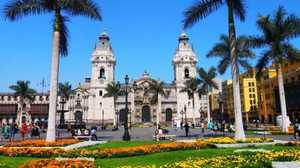
The Government
The Republic of Peru’s current constitution was enacted in 1993. It declares that it is a representative and decentralized government organized according to the principle of separation of powers, including an executive, legislative, and judicial branch operating out of the capital of Lima.
The constitution stresses the importance of local government, too. The people elect mayors every four years who oversee town councils.
"I urge you, first of all, to pray for all people. Ask God to help them; intercede on their behalf, and give thanks for them. Pray this way for kings and all who are in authority so that we can live peaceful and quiet lives marked by godliness and dignity." 1 Timothy 2:1-2
Posted on May 1st 2023

